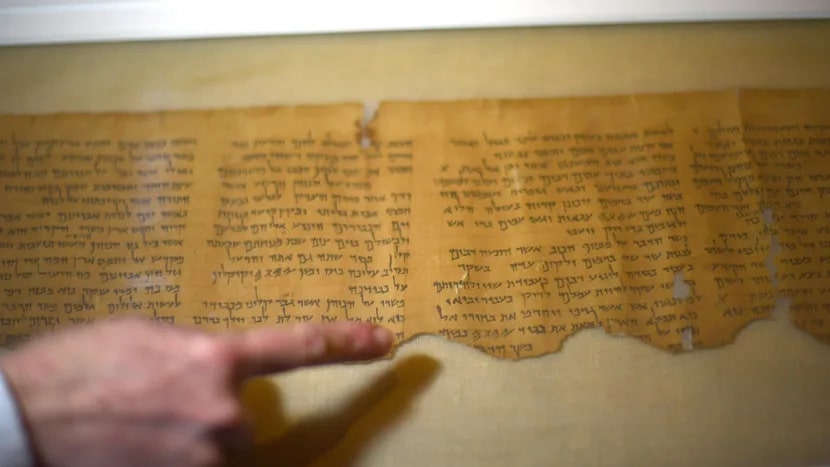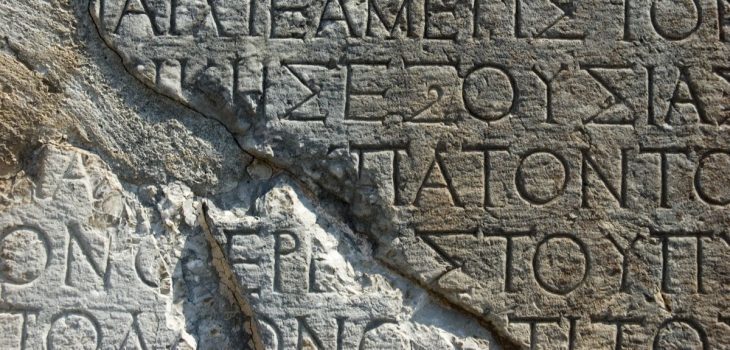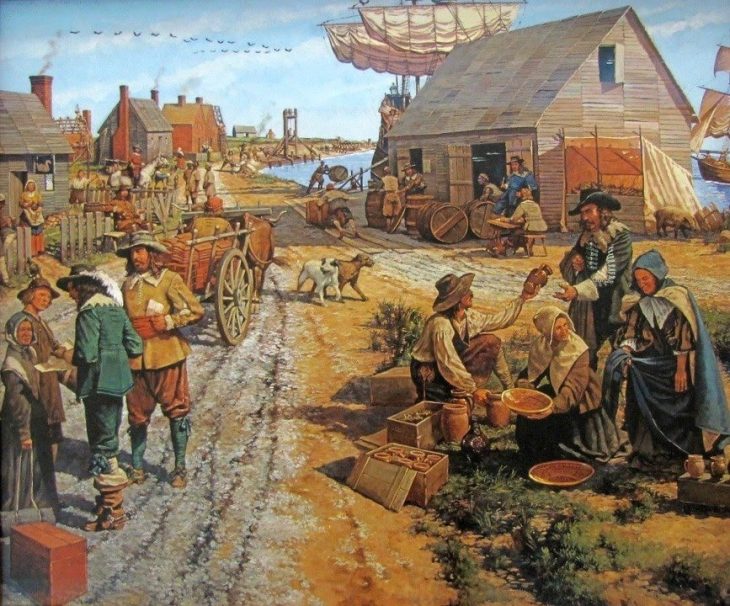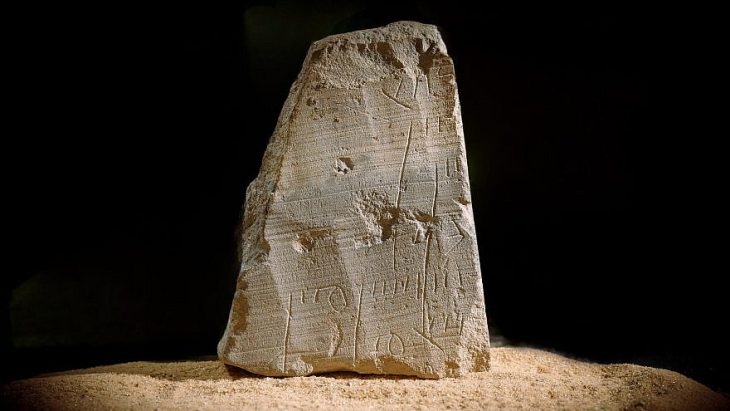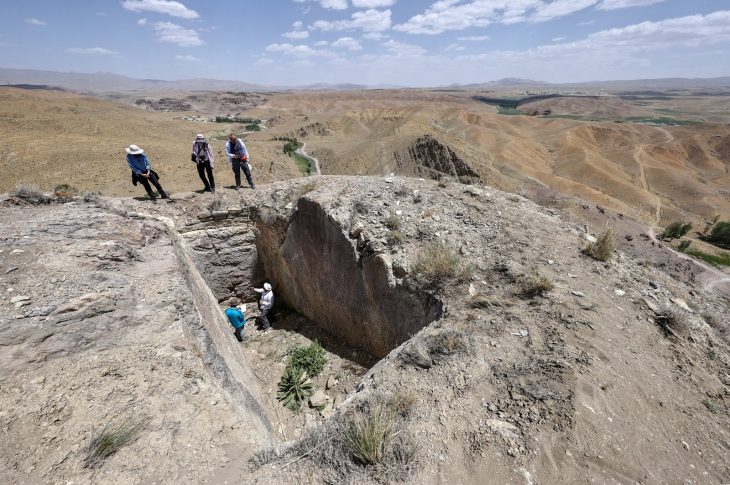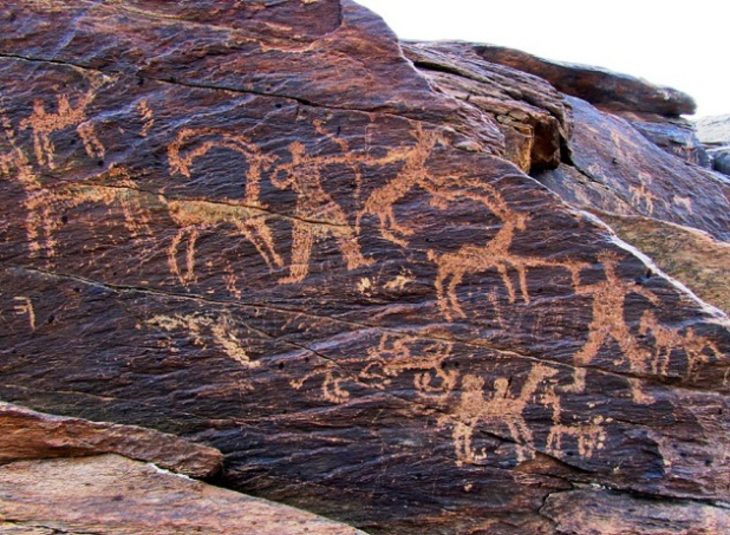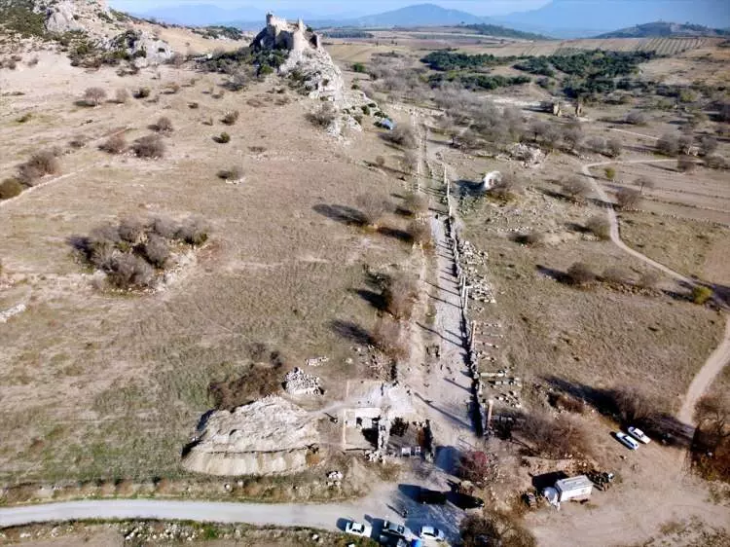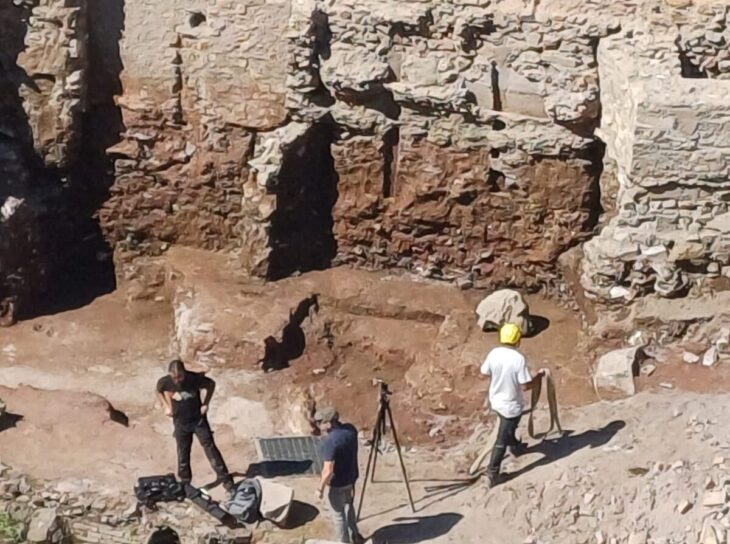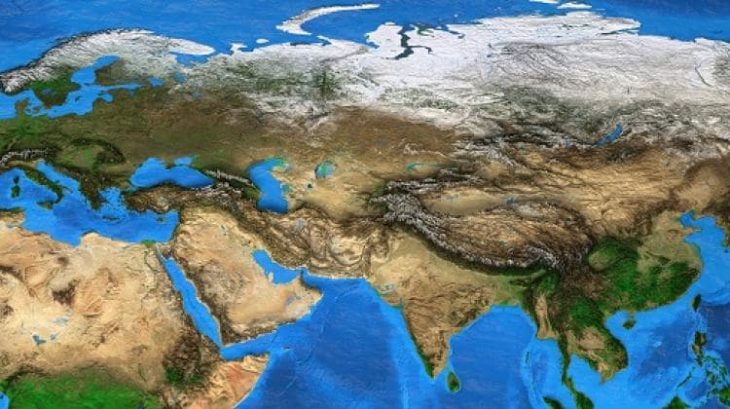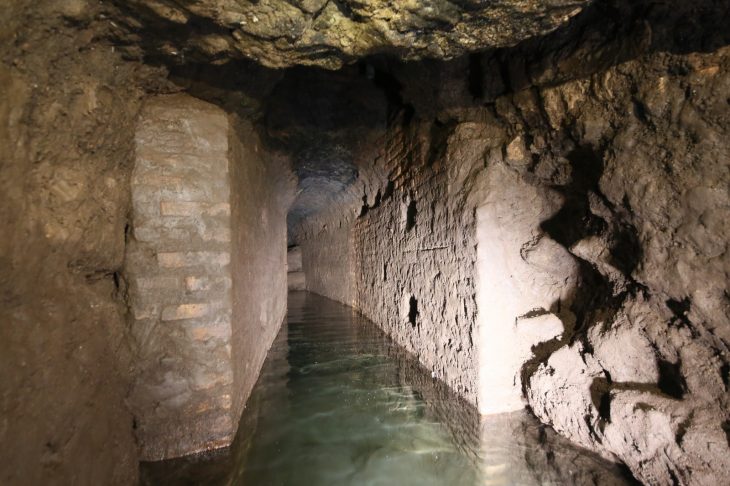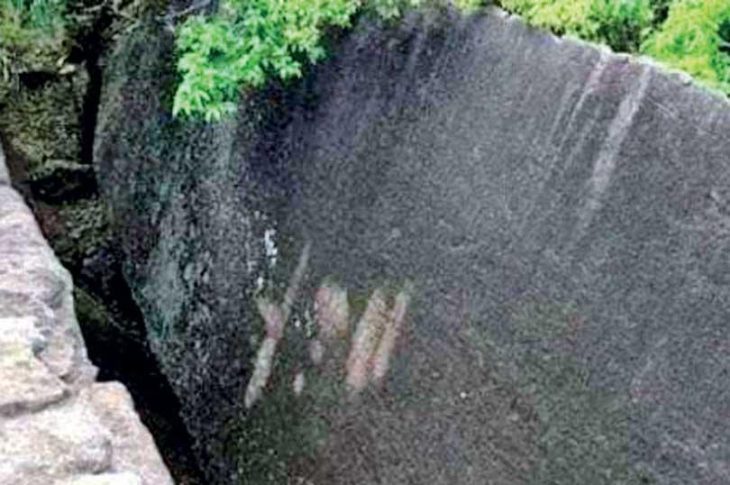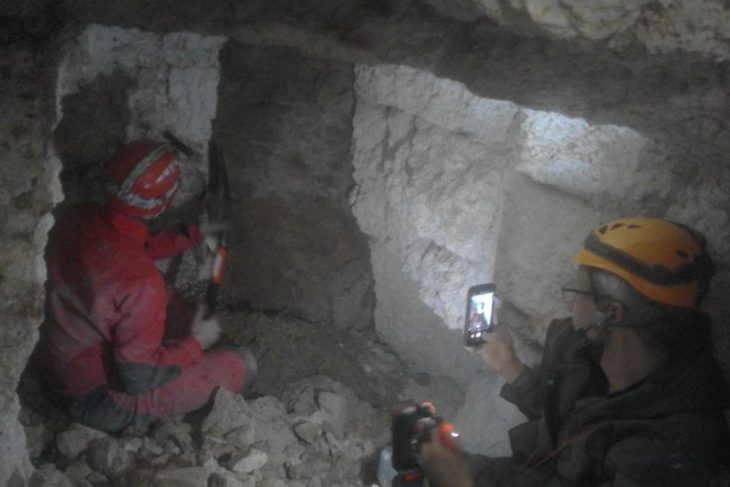On Tuesday, Israeli archaeologists revealed dozens of recently discovered fragments of Bible text, the Dead Sea Scrolls, which were based on ancient Jewish religious manuscripts first discovered 60 years ago.
In an astonishingly rare discovery, in a daring rescue operation, about twelve biblical scrolls with a history of 2,000 years were excavated from a cave in the Judah desert. The newly discovered scroll fragment is a Greek translation of Zechariah and Nahum in the Twelve Little Prophets, written by two scribes. Only the name of God is written in Hebrew in the texts.
Israel’s antiquities authorities said the parchment pieces feature lines of Greek text from the books of Zechariah and Nahum that have been radiocarbon dated to the 2nd century AD.
More than 20 fragments were found in the so-called horror cave of Nahal Hever, which is located about 80 meters (260 feet) below the top of the cliff. According to a press release from the Israel Antiquities Administration, the cave was named because “it is surrounded by a canyon and can only be reached by descending rapidly on a steep cliff.”
The discovery also included a collection of millennial rare coins, a 6,000-year-old skeleton of a child – possibly a woman, mummified in a piece of cloth – and a large 10,500-year-old basket that experts believe may be the oldest in the world.
📣 Our WhatsApp channel is now LIVE! Stay up-to-date with the latest news and updates, just click here to follow us on WhatsApp and never miss a thing!!
“These finds are not just important to our own cultural heritage, but to that of the entire world,” said Avi Cohen, CEO of the Ministry of Jerusalem and Heritage, which was involved in the excavation.
“The scroll fragments containing biblical texts, the coins, and the additional funds from the Second Temple Period that were found in this unique project directly attest to the Jewish heritage of the region and the inseparable bond between the Jewish cultural activities and our place in this land,” he added.
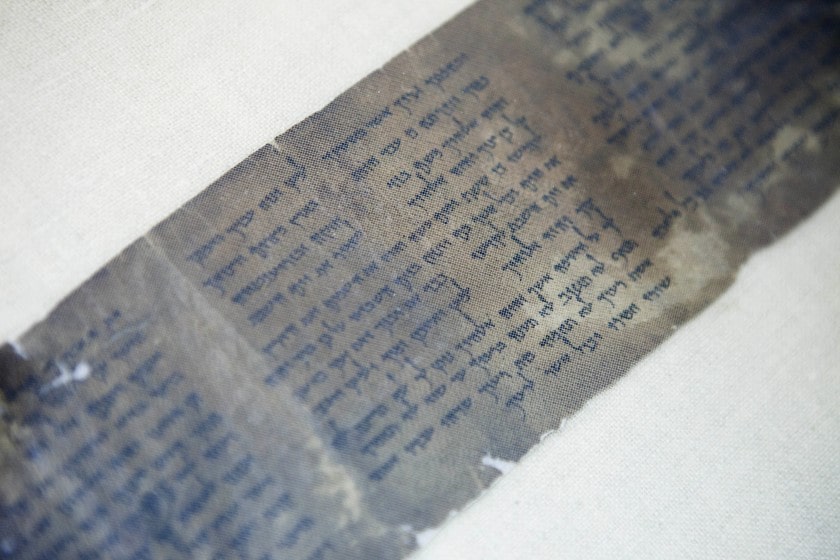
It is believed that these artworks were hidden in the cave during the Bar Kochba Revolt, an armed Jewish uprising against Rome during the reign of Emperor Hadrian from 132 to 136 AD.
Since 2017, the national archaeological project has been called the defense project against the looting of antiquities, and the project has been carried out in the caves and ravines of the Judean Desert. The project was funded by the Israel Antiquities Administration, the Archaeology Department of the Judean Civil Administration, and Samaria, and was funded by the Jerusalem Affairs and Heritage Ministry.
“The desert team showed exceptional courage, dedication and devotion to purpose, rappelling down to caves located between heaven and earth, digging and sifting through them, enduring thick and suffocating dust, and returning with gifts of immeasurable worth for mankind,” said Israel Antiquities Authority’s director Israel Hasson, who led the widespread rescue operation, in an IAA press release.
“The newly discovered scroll fragments are a wake-up call to the state. Resources must be allocated for the completion of this historically important operation. We must ensure that we recover all the data that has not yet been discovered in the caves before the robbers do. Some things are beyond value,” Hasson said.
The Dead Sea Scrolls, a collection of Jewish texts, were first encountered by Bedouin shepherds in desert caves in the West Bank, near the Dead Sea and the ancient city of Qumran, in 1946. Bedouins had hung the scrolls on a pole earlier. their existence was discovered by a Jewish professor at the Hebrew University.
During the 1940s and 1950s, continuous excavations in the Qumran area and beyond yielded additional manuscripts and fragments that eventually became known as the Dead Sea Scrolls.
These fragments, mainly on parchment as well as papyrus pieces, are believed to date from the 3rd century BC. to the 1st century AD and contain the earliest known copies of the Hebrew Bible and documentation of the ascetic Jewish sect that existed in Jesus’ day.

